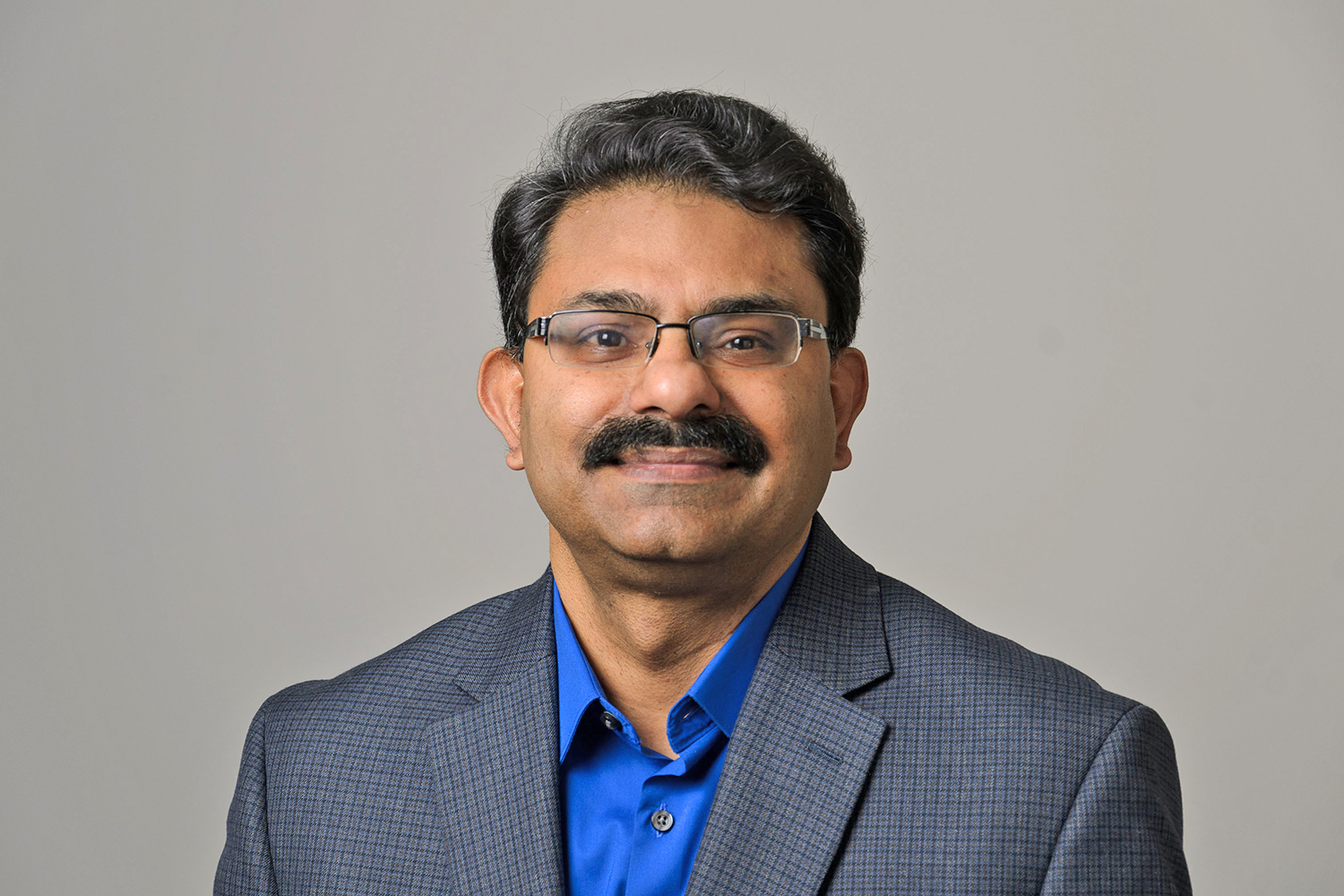When Gov. Dannel P. Malloy signed into law this week a landmark piece of education reform legislation, it marked, among other things, the growing role of the University of Connecticut’s Neag School of Education in helping shape the conversation about one of the most closely-watched public policy issues of the day.
The Northeast’s top-ranked public graduate school of education has been examining its mission in light of the regional and national discussions about school reform, and will now have a formal role in evaluating part of the program created by Malloy’s legislation.
“The Governor’s Education Bill provides a blueprint for educational change for administrators, teachers, and students across this state,” says Thomas DeFranco, dean of the Neag School. “I am excited that the Neag School will be part of the change process and have a role in improving the academic performance of all children in this state.”
One mark of lawmakers’ confidence in the Neag School’s expertise is the legislative provision tasking the Neag School with studying the implementation of the teacher evaluation and support pilot program.
Under the law, the state will provide support and resources for low-performing schools through what’s going to be called the Commissioner’s Network. The state Performance Evaluation Advisory Council (PEAC) is currently developing ways to measure categories such as the effectiveness of teachers and principals that will be piloted in 8-10 districts throughout the state.
The Neag School will study perhaps the most high-profile measurement – teacher effectiveness – and report back to the General Assembly.
“Our role is to evaluate whether the model of teacher effectiveness developed by PEAC is being implemented with fidelity, as well as the validity of the model – that is, how well the model measures what it intends to measure,” DeFranco says.
But the Neag School has a broader role in the overall conversation, one that starts with providing administrators and teachers the skills they need to succeed in contemporary classrooms, he adds: “Our goal is to produce highly effective administrators and teachers who in turn will be part of the turnaround process in low-performing schools.”
Among other ways the Neag School is looking at participating in the school reform conversation are:
- Developing a team of faculty committed to conducting research and working collaboratively with educators, parents, unions, legislators, and state department of education personnel to turn around the lowest performing schools in Connecticut;
- Incorporating comprehensive and sustained professional development opportunities to improve school leadership and teacher quality;
- Providing professional development and technical assistance to help schools establish school climates conducive to learning and meaningful wrap-around services such as parental engagement, after-school programs, mental health and disability supports, community service, and alternative learning programs;
- Developing a research agenda around the work of closing the achievement gap, and providing school leaders with the tools and systems to enhance turn-around decisions in support of low-performing schools.
Efforts like Neag’s are crucial to helping schools in the fast-moving environment of education reform, says Casey Cobb, head of the Department of Educational Leadership and Director of the Center for Education Policy Analysis.
“It’s a new frontier in some ways for leaders in this environment,” he says. “It’s not necessarily one size fits all. There are magnet schools, charter schools, academies within larger high schools, there are even thematic middle and elementary schools. We’re recognizing we have to differentiate our curriculum somewhat to prepare, for example, for students who know they want to be in an urban setting or turnaround school.”



